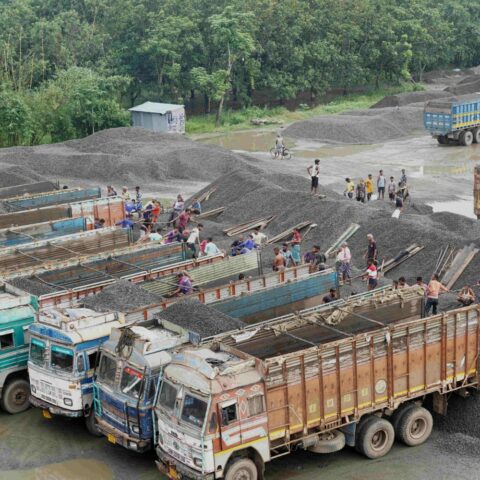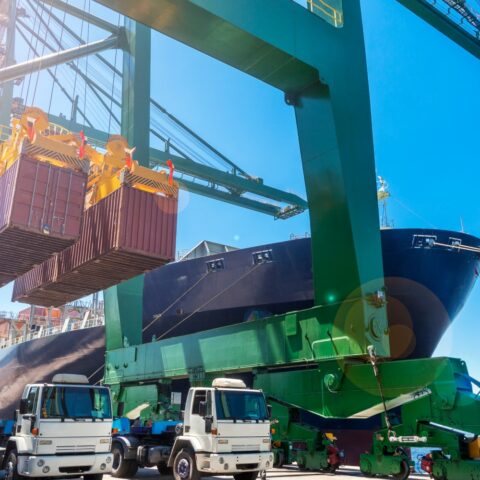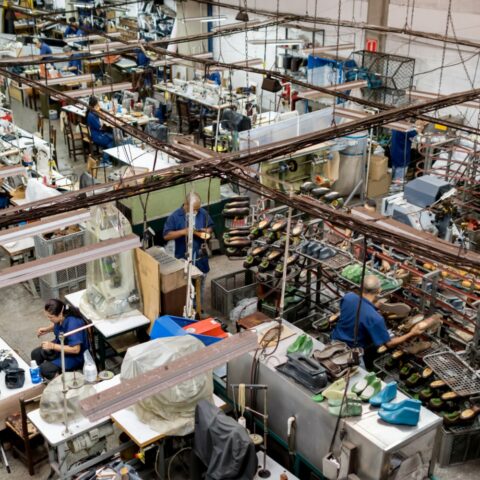The Challenge
Inspectors at Colombia’s National Food and Drug Regulation Agency, Invima, were physically inspecting 100% of food and beverages arriving at the country’s borders and wanted to increase their scrutiny of medicines and medical devices. Physical inspections are a vital part of Invima’s role in ensuring essential goods are safe for the public, but they are also time-consuming and costly to conduct with knock-on effects for businesses who need to keep goods moving, particularly those companies trading perishable products.
What We Did
We worked with Invima and business to introduce a Risk Management System (RMS) that can facilitate trade while protecting public health. The RMS uses mathematical methods to assess the risk level of imports and exports arriving at the border and tell Invima inspectors whether a documentary or physical inspection is necessary.
The Impacts
The RMS has delivered measurable time and cost savings. In the first 18 months in operation, Invima cut its average rate of physical inspections of food and beverages by 30% – from 100% to 70%. At some border crossings the rate has been cut to just 37%. A container that undergoes only a documentary inspection by Invima costs on average US$ 379 less to move than a container that is physically inspected – that adds up to US$ 8.8M in savings in 18 months for importers alone. And Invima inspectors can now focus their resources on high-risk shipments and work more efficiently without jeopardising safety or security.


 Colombia
Colombia

